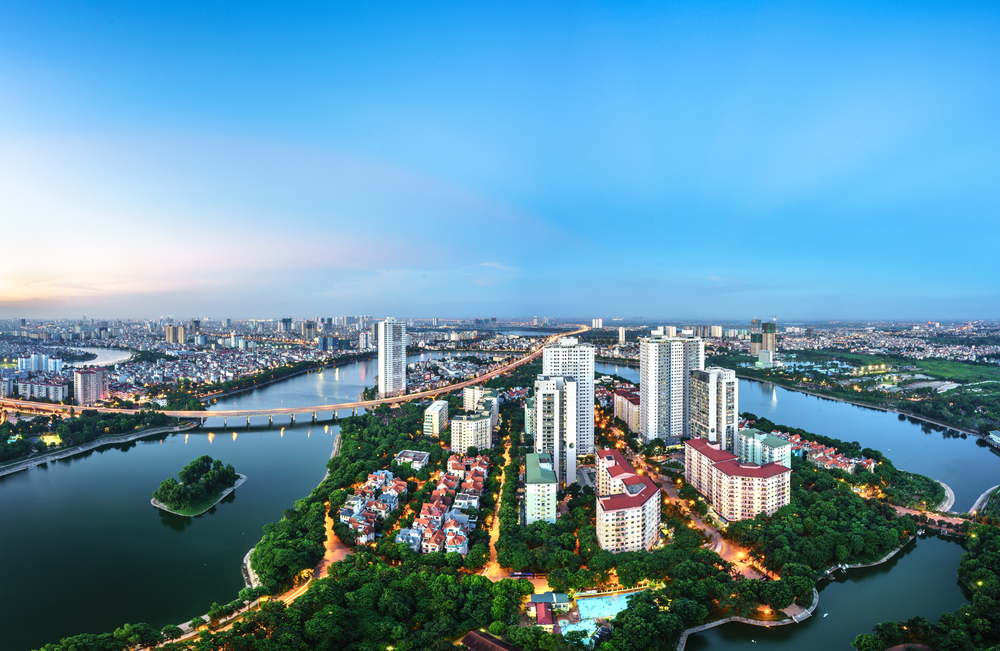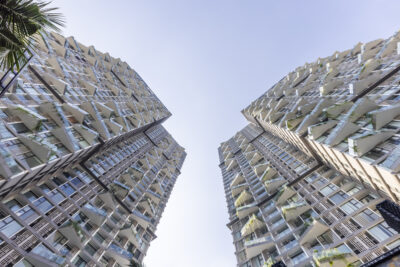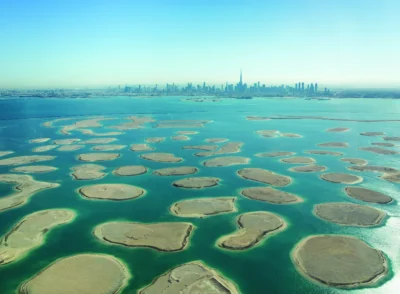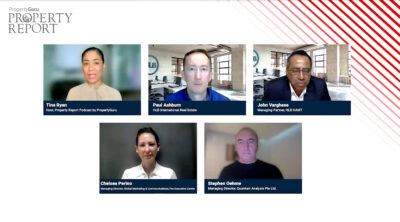Hanoi’s urban renaissance starts with infrastructure development and transit-oriented growth
The city has been investing in progress, overcoming challenges, and embracing sustainable urbanisation

Hanoi is investing in urbanisation and economic growth through infrastructure development, 15 years after expanding its administrative boundaries. Projects listed by the Vietnamese Ministry of Construction include Thang Long Boulevard, Cat Linh-Ha Dong metro line, Belt Road 3, and Belt Road 2. Phap Van-Cau Gie route will become an expressway. Key bridges like Vinh Tuy and Dong Tru have been constructed. The Le Van Luong underpass reduces traffic congestion.
The city plans to expand its development space with Belt Road 4 and prioritise National Highways 1 and 6. By 2030, they aim to complete various road networks. Hanoi also focuses on public transportation, with a growing bus network serving millions of passengers.
The Director of the Hanoi Department of Transport, Nguyen Phi Thuong, highlights the challenges faced by Hanoi and Ho Chi Minh City in meeting the 12-year deadline for their metro projects, including cost overruns and inefficient station accessibility. According to Hanoi Times, the Transit-Oriented Development (TOD) model was proposed to address these issues.
Related: Tackling the aftermath: Addressing property damage and cleaning efforts in Vietnam
TOD centres around public transport hubs, integrating various functions within a 10-15 minute walk from stations to encourage vertical urban growth. This model, reliant on rail transport but adaptable to buses, offers a sustainable solution to urban development issues. To implement TOD successfully, it requires revising legal frameworks, government support, pilot projects, and incentivizing investor participation.
VN Express reported Hanoi’s Nhon-Hanoi Station metro line, the capital’s second metro line, will have its elevated section operational in August after multiple delays. The line, running 12.5 kilometres from Nhon to downtown Hanoi Railway Station, missed previous completion deadlines due to contractor and management issues.
Hanoi authorities now aim to complete the final contract package in May, with the entire line undergoing safety assessment in August. The entire line is 75.6 percent complete, with the elevated section nearly finished at 97.6 percent. The project’s total investment has been raised, marking the second time the capital adjustment has been made.
The Property Report editors wrote this article. For more information, email: propertyreport@propertyguru.com.
Recommended
Dewan Architects’ Mohammed Adib leads with human-centred design and technological innovation in the Middle East and beyond
Mohammed Adib channels his childhood curiosity and dislike for design uniformity into his work at Dewan Architects + Engineers
UAE real estate shifts focus to sustainability and quality, revitalising iconic projects
The UAE has risen from its challenges to emerge as a more sustainable, quality-focused destination
Exploring A Life By Design’s maximalist approach to interior design
Andrea Savage is embracing the maximalist trend with bold and vibrant interior designs
Jakarta’s emerging innovation hub integrates tech and healthcare sectors
The Digital Hub in BSD City is being positioned as Indonesia’s counterpart to Silicon Valley






